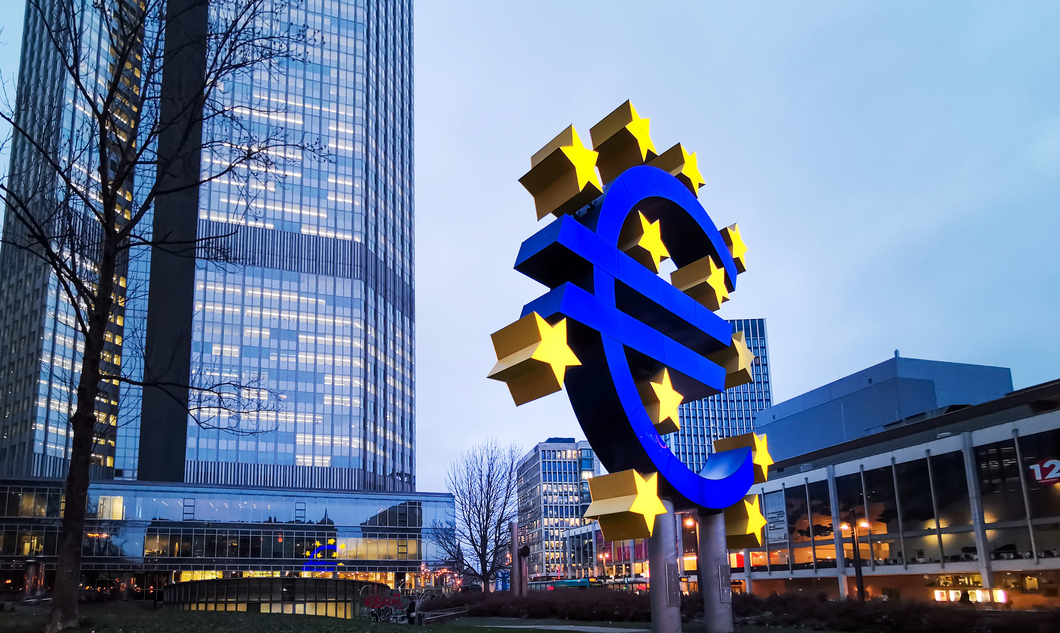
What is the inflation
Inflation, in the economic sector, is a very important indicator as it shows a growth in prices over time that consequently determines a decrease in the purchasing power of money.
In a context of inflation, one euro can buy fewer goods and services today than in the past.
How to measure inflation?
In order to calculate the inflation rate for consumers, it is necessary to construct a consumer price index, a calculation that in most countries is made by the National Institute of Statistics.
In Italy, ISTAT deals with this matter and, on the basis of the prices of a set of goods and services (basket) representative of household consumption, calculates its consumer price index (CPI). In this basket of consumption are generally considered food products, clothing, health services, transport, electricity and so on.
The European Union has also provided for the calculation of an index, the Harmonized Index of Consumer Prices (HICP) for EU countries, a reference indicator for the European Central Bank (ECB) useful for the implementation of European monetary policy.

What are the causes of inflation?
The causes of inflation can be:
- Endogenous: originating from phenomena occurring within the country where a general increase in prices is noted;
- Exogenous: coming from other countries with which you have economic and financial relations.
And derive from
- Excess demand for goods and services: economic growth increases the wealth of households who increase their demand for goods. With equal supply, prices rise.
- Shortage of supply of goods or services: normally, due to exogenous causes, there is a reduced availability of goods that are used in many production processes, typically energy products and raw materials. This determines an increase in production costs that is normally transferred to sales prices.
What might be the consequences?
Inflation, if kept under control, can coexist with a parallel development of economic growth. In fact, price stability is considered a fundamental condition for raising the level of economic activity and employment.
Rapidly rising inflation, defined as "galloping," can in fact erode the purchasing power of families, impoverishing them.
Deflation, i.e., negative inflation and therefore a phenomenon of falling prices, can also block economic growth because the possibility of being able to purchase in the future at lower prices induces families to postpone their purchases and therefore reduce current consumption.
Thus, excessively high or negative rates of inflation frighten investors and damage confidence in one or more countries, negatively affecting economic activity.

Inflation, interest rates and monetary policy
The importance of controlling the price level for the economic development of a country has made the objective of stabilizing inflation one of the goals pursued by central banks and the main one as far as the ECB's actions are concerned.
Over time, each central bank sets a target level of inflation that it considers appropriate for the economic development of the country in question and makes consistent monetary policy decisions, i.e. intervention in interest rates, to achieve this objective. In the event that the level of interest rates is already low or even negative and further intervention is required to increase inflation, central banks can also resort to unconventional instruments, such as quantitative easing.
The objective of the ECB is to maintain inflation at a level close to 2% with a symmetrical approach in the sense that "positive and negative deviations" from the target are considered equally undesirable. This price level is considered by most central banks in the world to be optimal.


